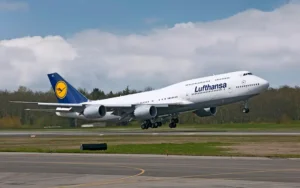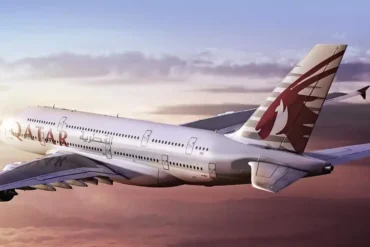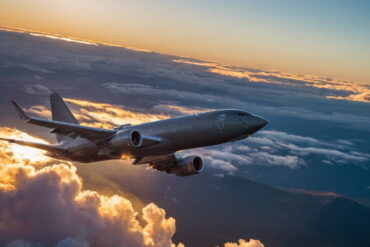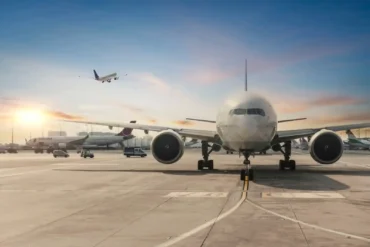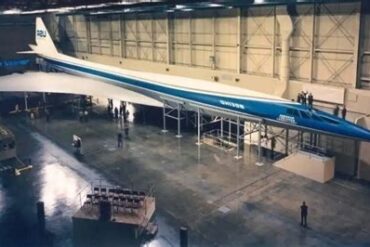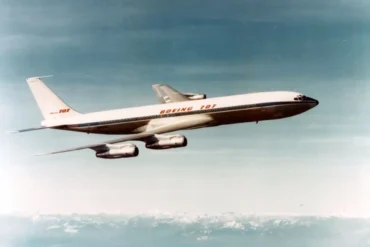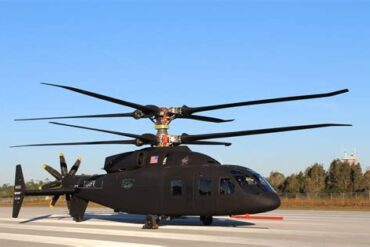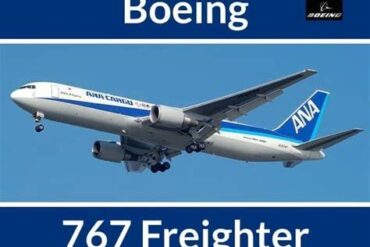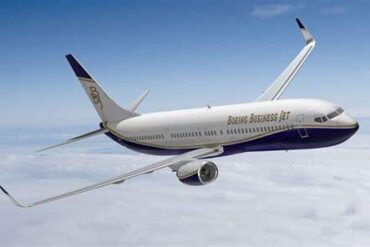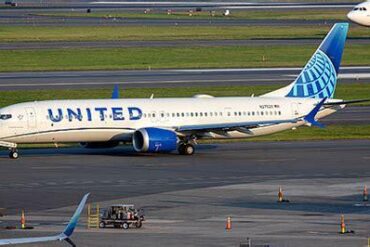Ever wondered how the Airbus A380 stacks up against the Boeing 747? Well, buckle up because we’re about to dive into this exciting comparison!
- The A380 is a real people-pleaser, fitting 250 more passengers than the 747 in a full economy setup.
- It’s like a flying luxury hotel, with bars, showers, and even private suites for those first-class high-flyers.
- But don’t count out the 747 just yet! It’s a cargo-carrying champion, making it a favorite for airlines looking to haul both people and packages.
When the A380 first took to the skies, everyone was buzzing about how it might outshine the iconic 747. Now that both planes have stopped rolling off the production lines, let’s take a look at which one really took the crown during their heyday.
How We’re Comparing These Sky Giants
To keep things fair, we’ll be looking at the official specs from both Airbus and Boeing. We’re focusing on the latest versions: the Boeing 747-8 and the Airbus A380-800.
Imagine you’re an airline boss looking for a plane that can carry tons of passengers and cargo. Sure, a 747 freighter might outdo an A380 in carrying boxes, but we’re more interested in how these planes handle passengers.
We’ll be thinking about things like how flexible the planes are to use, how much they cost to run, and how comfy they are for passengers. We’ll touch on other stuff too, but our main goal is to figure out which plane looks best on paper.
Passenger Party: Who Can Carry More?
Let’s break it down with some numbers:
| Type | 747-8 | A380-800 |
|---|---|---|
| Cockpit crew | Two | Two |
| Typical capacity | 410 in 3-class | 555 |
| Exit limit | 605 passengers | 853 passengers |
Airlines set up their planes differently depending on what they need. For example, Lufthansa’s 747-8 can seat 362 people across four classes. They even have cool “V” shaped business seats!
On the flip side, Emirates, the A380’s biggest fan, offers different setups based on how far the plane is flying:
- Two-class – 615 for long flights
- Three-class – 517 for long flights
- Three-class – 489 for super long flights
No matter how you slice it, the A380 can carry more people than the 747. In a full economy setup, it can fit 250 more passengers! This is because Airbus designed it nearly 40 years after the 747’s first flight, so they could really focus on making it a people-carrier.
For airlines buying these big, fuel-hungry planes with four engines, it’s all about fitting in as many passengers as possible to make the most money.
Winner: Airbus A380

Inside Story: Comfort is King
Both these planes were the height of luxury in their day. The 747 set the bar high for spacious cabins and top-notch service. But the A380 takes it to a whole new level with its extra space for fancy features like bars and showers.
The 747 had some cool marketing tricks up its sleeve, like Delta’s “flying penthouse apartment” in the 70s. But Airbus wins this round by offering even more space while keeping things classy and sophisticated.
Many of the world’s swankiest first-class experiences are on A380s. While there aren’t many airlines flying 747s anymore, even modern planes struggle to match the A380’s luxurious use of space.
Winner: Airbus A380
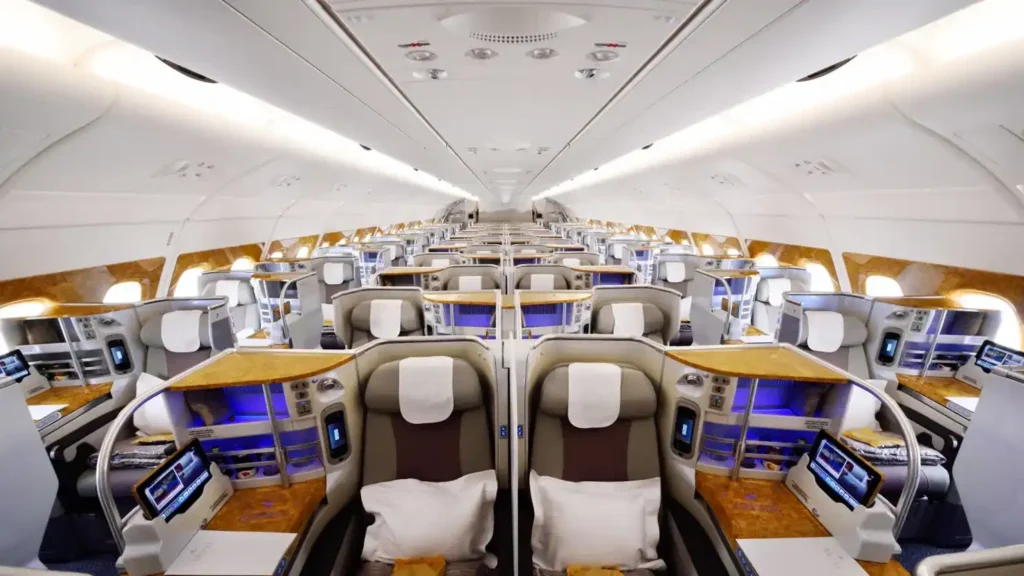
Cargo Capabilities: Making Room for Goodies
Let’s look at some more numbers:
| Type | 747-8 | A380-800 |
|---|---|---|
| Length | 250 ft 2 in / 76.3 m | 238 ft 7 in / 72.72 m |
| Height | 63 ft 6 in / 19.4 m | 79 ft 0 in / 24.09 m |
| Cabin width | 20 ft (6.1 m) | 21 ft 4 in (6.5 m) |
| Cargo Volume | 6,345 cu ft (180.1 m³) | 6,190 cu ft (175.2 m³) |
| Max. payload | 167,700 lb / 76,067 kg | 185,000 lb / 83,914 kg |
| Max takeoff weight | 987,000 lb / 447,700 kg | 1,268,000 lb / 575,155 kg |
| Operating empty weight | 485,300 lb / 220,128 kg | 611,000 lb / 277,144 kg |
Carrying cargo is a big money-maker for airlines. Even though it has less powerful engines, the 747 beats the A380 when it comes to carrying stuff, which is great for making extra cash from freight.
While Airbus focused on passenger comfort, Boeing really nailed it with cargo. Their 747-8F freighter is super popular with big shipping companies like UPS and Atlas Air.
Nick Rhodes, who used to run Cathay Pacific’s cargo operations, said the 747-8F was a game-changer for them. It could carry more stuff and was cheaper to run.
Qatar Airways’ boss, Akbar Al Baker, was also excited about getting their first 747-8F, saying it would really boost their cargo business.
In a world where moving goods quickly is super important, the 747’s cargo skills make it a real winner, while the A380 wasn’t really designed with cargo in mind.
Winner: Boeing 747
Going the Distance: Range and Fuel
Here’s how they stack up:
| Feature | Boeing 747-8 | Airbus A380-800 |
|---|---|---|
| Fuel capacity | 63,034 US gal | 85,472 US gal |
| Cruise speed | Mach 0.86 | Mach 0.85 |
| Max speed | Mach 0.9 | Mach 0.89 |
| Range | 7,730 NM | 8,200 NM |
| Ceiling | ~43,000 ft | ~43,000 ft |
| Engines | GEnx-2B | Rolls-Royce Trent 900 |
The A380 can fly further than the 747-8, which is great for airlines flying super long routes. It also carries way more fuel – over 20,000 US gallons more!
Winner: Airbus A380
Fuel Efficiency Face-off
Just because a plane can carry more fuel doesn’t mean it’s cheaper to run. Boeing says the 747-8 is more cost-effective per seat per mile than any other plane. But Airbus claims the A380 is the world’s most efficient jet, especially when it’s full of passengers.
It’s tricky to compare these planes directly because they’re so different in size. But one thing’s for sure – both airlines and passengers are starting to prefer planes with two engines instead of four these days.
Winner: It’s a tie!
Which Plane Do Airlines Prefer?
Let’s look at how many of each plane have been ordered:
Boeing 747: 1,573 orders – about 30 per year since 1968
Airbus A380: 251 orders – about 13 per year since 2007
Even when the A380 came along, airlines kept buying 747s. Looks like the 747 was more popular with airlines overall.
Winner: Boeing 747
Money Matters: What’s the Cost?
Since both planes aren’t being made anymore, airlines would have to buy them second-hand. Here’s what they might cost:
Airbus A380 – Around $327 million
Boeing 747-8 – About $419 million
Remember, these are just estimates. The actual prices can vary a lot depending on the condition of the plane and how badly an airline wants it.
Winner: Boeing 747 (because it’s been around longer, there are more options available)
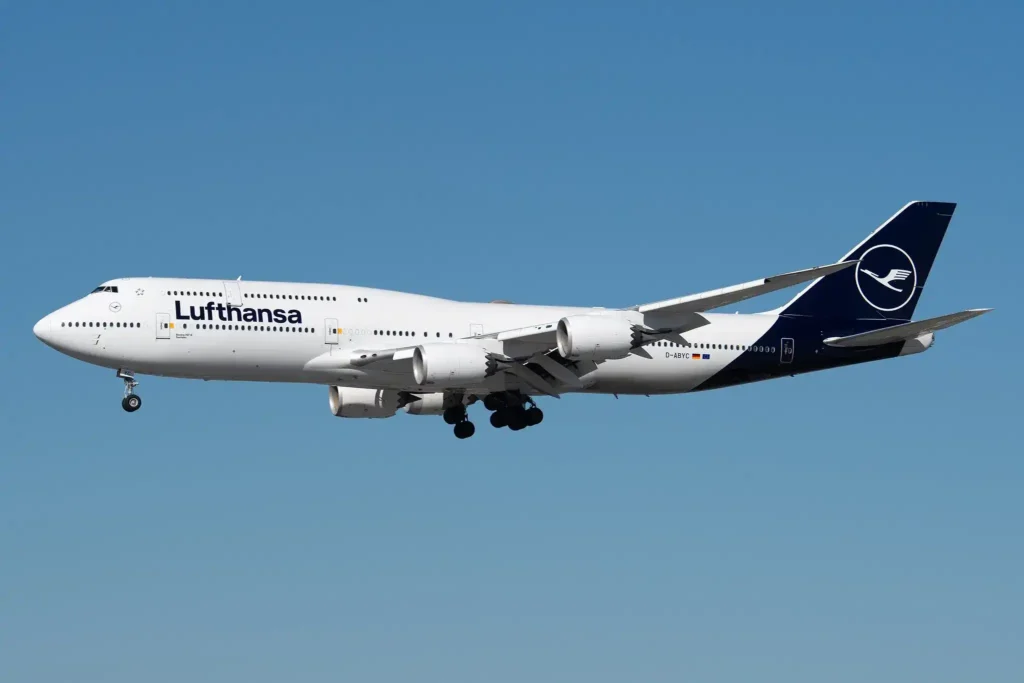
Built to Last: Which Plane is More Practical?
The A380 was built during a time when airlines thought bigger was better. But now, airlines prefer smaller, more versatile planes that can connect more cities directly.
While a full A380 can make a lot of money, it’s getting harder to fill all those seats. The A380’s main selling point – its huge size – is becoming less important as airlines look for more efficient options.
The 747, being smaller, is easier for most airlines to use effectively. That’s why it comes out on top here, even though both planes are being retired in favor of newer, more efficient models like the Airbus A350 and the upcoming Boeing 777X.
Winner: Boeing 747
Recent Changes in the Airline World
The airline industry has gone through some big changes lately, and both the 747 and A380 have felt the effects. Many airlines were already planning to retire these big planes, but recent global events sped things up.
KLM said goodbye to its last 747 in March 2020, ending almost 50 years of flying the “Queen of the Skies.” Virgin Atlantic and Air France also retired their 747s and A380s earlier than planned.
Lufthansa briefly stopped flying A380s but has recently started using them again for flights between Munich and Boston, with plans to fly to more cities soon.
Qantas grounded its A380s in 2020 but has since brought them back into service. Qatar Airways is also flying A380s again, but their CEO isn’t sure how long they’ll keep them.
Winner: Boeing 747 (It seems to be hanging on a bit longer)
What Happens to These Planes After Retirement?
Over the years, retired 747s have found new jobs in all sorts of interesting places. Some become cargo planes, while others are used in really cool ways.
NASA turned an old 747 into a flying observatory called SOFIA, which recently finished its mission. Another 747 is being used by Rolls-Royce to test new jet engines that could make flying more efficient and eco-friendly.
We’re not sure what will happen to retired A380s yet. They might be turned into cargo planes or used for testing new technologies like hydrogen fuel.
The US Air Force is planning to use modified 747-8s as the new Air Force One, replacing the current 747s. So the President might be flying in one of the last passenger 747s in the future!
For now, there are about 130 A380s and 440 747s still flying, but these numbers will probably go down over time.
Winner: Boeing 747
Leaving a Lasting Impact
The Boeing 747 has been around for over 50 years and has kept changing with the times. The newest version came out just 10 years ago, showing that airlines still wanted this type of plane.
On the other hand, some A380s are being retired early, which shows it’s been harder for airlines to keep using them. You’re less likely to see an A380 in the sky these days compared to a 747.
It’s kind of sad to see these amazing planes disappearing from the skies. But think of all the incredible journeys and memories people have had on these giant planes over the years!
In the end, different airlines prefer different planes. Emirates loves its A380s, while big US airlines thought they were too big. The 747 might not be the biggest, but it has a special place in aviation history that the A380 can’t quite match.
Overall winner: Boeing 747
But hey, everyone has their favorite! Some people love the A380, while others prefer the 747 or even newer planes like the A350. For airlines, it all comes down to what works best for their routes and passengers.
If an airline can fill every seat on an A380, it might still be their top choice. But the 747’s flexibility and potential for other uses mean we’ll probably keep seeing it around, even if it becomes a rare sight at passenger airports.
The last A380 was delivered in 2021, and Atlas Air got the final 747 from Boeing in January 2023. Looking back, both these amazing planes pushed the boundaries of what we thought was possible in aviation. They’ll always have a special place in the history books!
